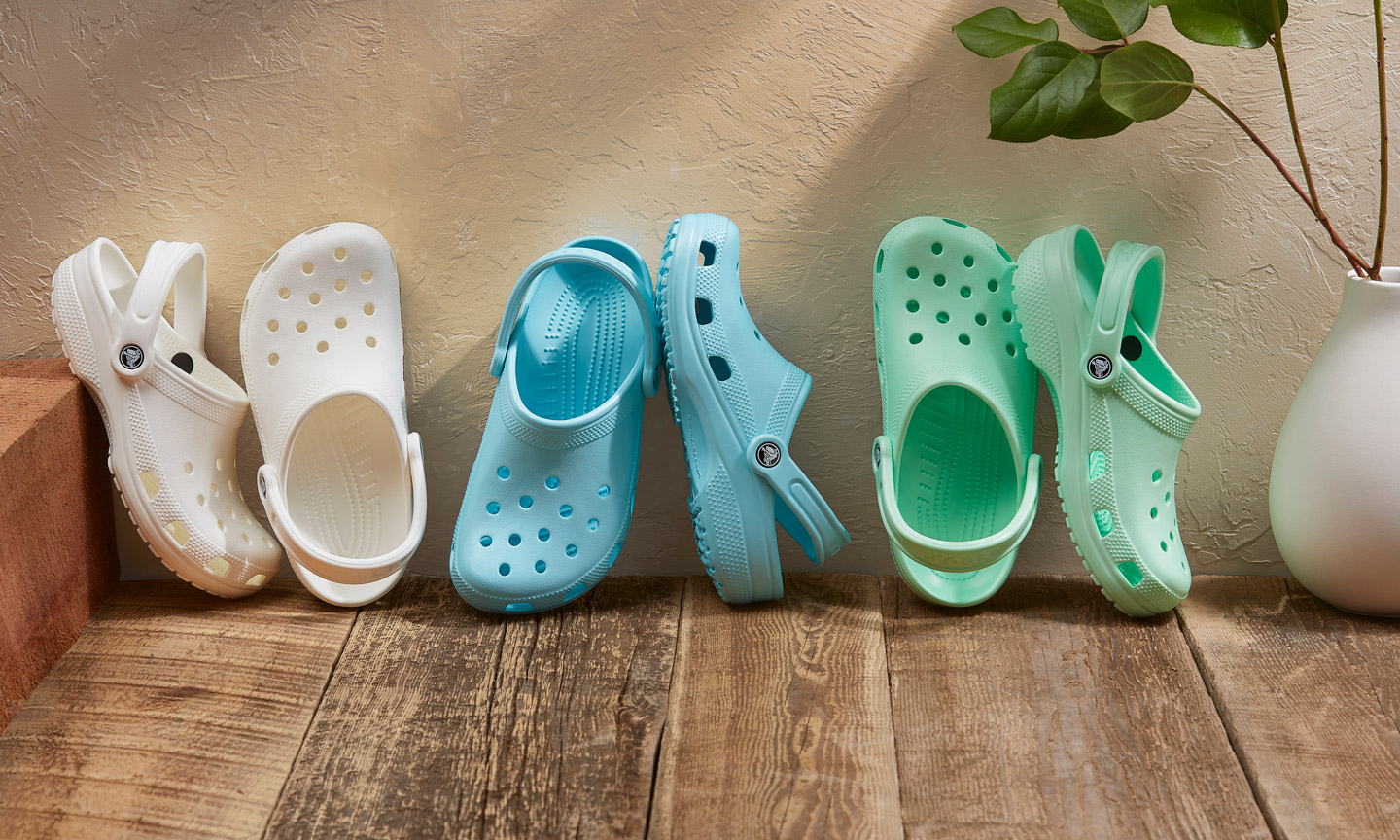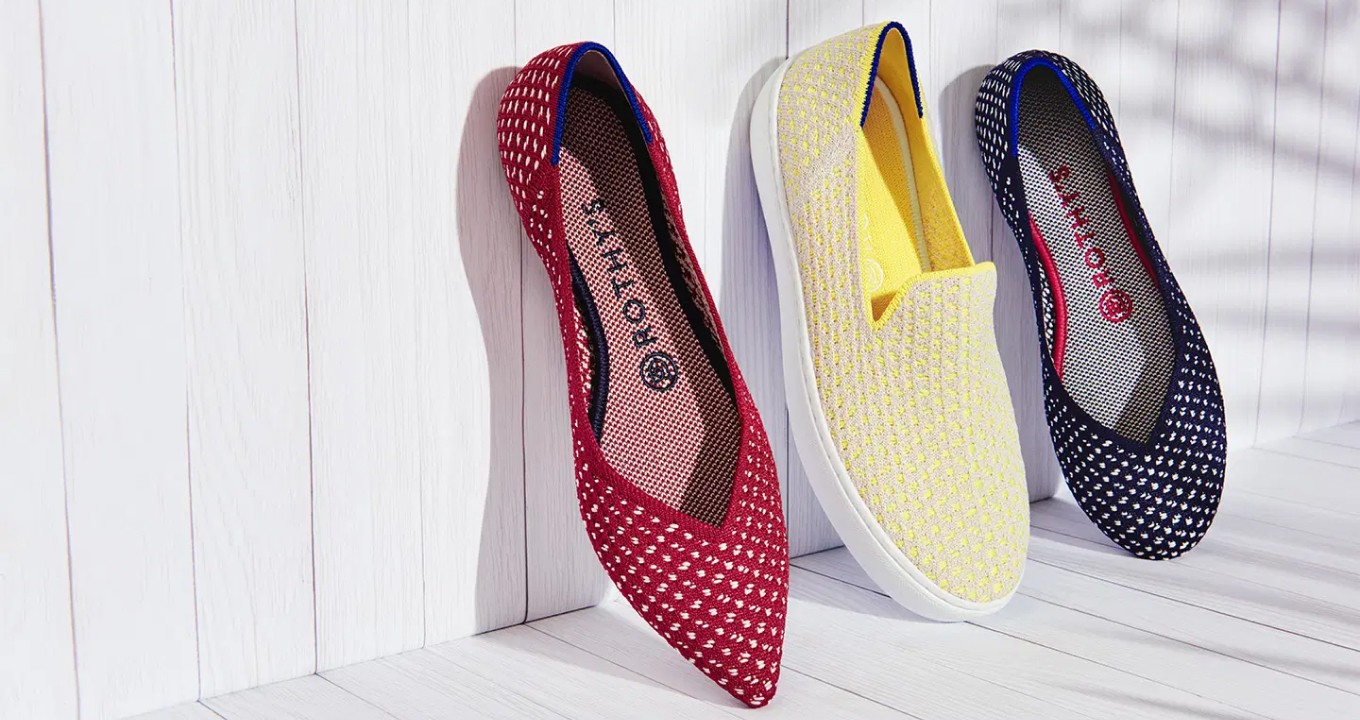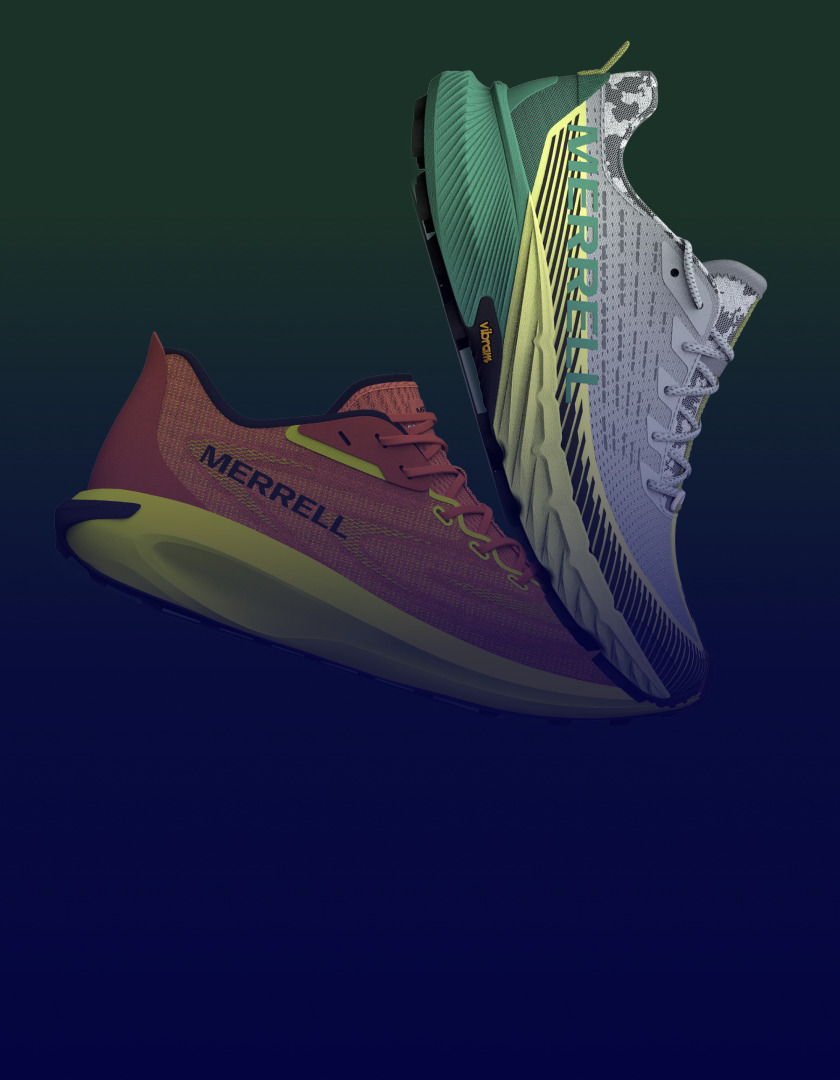Footwear and Sustainability Go Hand in Hand

Corporate sustainability policies are no longer optional. It has become table stakes for today’s consumers. Not only that, but legislation in some form is coming for more sustainable footwear. In Europe, businesses in certain segments and/or over a certain size must make environmental, social and governance (ESG) disclosures.
The footwear industry, like the rest of the fashion space, is feeling the pressure of having a sustainability strategy and making it transparent to their customers and any concerned governing bodies.
A note of caution: companies must avoid ‘greenwashing’, whether intentional or inadvertent. Efforts to be sustainable must make a true difference toward carbon neutrality, circularity or reducing plastic/harmful chemicals, and the company needs to be sincere. If only minor attempts toward the appearance of being eco-friendly are made, savvy consumers will see right through, which could damage one’s reputation. Bearing this in mind, let’s take a look at what three sustainable footwear companies are doing on the sustainable front.
Crocs Continue to be Green
Crocs’ consumers prefer companies that align with their own values, so transparency in operations and integrity are key. To put their money where their mouth is, Crocs is using the metrics laid out by the Sustainable Accounting Standards Board (SASB – now known as the Value Reporting Foundation). Crocs has pledged to reduce product emissions by 50% and be Net Zero by 2030. The company has partnered with Higg to represent CO2 equivalents more accurately for produced products.

Regarding materials, Crocs is working on a bio-based version of Croslite™—Crocs’ proprietary closed-cell resin consumers are familiar with. Through the use of Dow®’s ECOLIBRIUM™ technology that transforms sustainably sourced bio-waste and by-products from other industries, Croslite now has a lower carbon footprint. In a bold move, Crocs decided to modify their entire iconic line instead of developing a separate “green” line, creating a larger positive impact, reducing emissions overall. With respect to packaging, Crocs is simply trying to eliminate boxes for many of their products altogether and using recyclable packaging where needed.
Rothy’s Sustainable Materials and More
Rothy’s, the company that makes washable bags and footwear, lives sustainability. It is woven right into the products made from thread that began its life as a single-use plastic water bottle. Over 125 million bottles to date have been repurposed. The rest of the materials that Rothy’s uses are all as thoughtfully chosen. Learn more in this webinar about how Rothy’s source material and tech.
The foam in their shoes is made from algae harvested from waterways, contributing to balancing the ecosystem. Ocean-bound marine plastic becomes washable bags and accessories—400,000+ pounds of it thus far. Bio-based thermoplastic urethane (TPU)—made with corn—along with natural rubber and sand, form the outsoles. Hemp fiber, wool and castor beans are other components in Rothy’s styles.

By owning their own factory, Rothy’s is able to develop cutting-edge processes that eliminate waste. For example, the special thread made out of water bottles is knitted directly into shoes in a proprietary 3D footwear manufacturing process that gets rid of the excess associated with traditional cut-and-sew methods.
Rothy’s uses 95% recycled packaging materials and also ships shoes directly in the final box, instead of putting a box in a box. To return products, Rothy’s has partnered with a company that collects returns and ships them back in bulk reusable containers. Lastly, Rothy’s is working on a recycling program to deconstruct shoes that have come to the end of their lifecycle.
Allbirds Goes All-In with CO2
Allbirds is a certified B Corp. Co-founder Tim Brown hails from New Zealand where sheep run aplenty. He wondered why merino wool wasn’t used in footwear and set out to develop a sustainable wool shoe. Many of the materials in each pair of Allbirds come from nature, like the aforementioned wool, sugarcane-based fibers and responsibly harvested eucalyptus fibers. Laces are made from recycled plastic bottles.

Allbirds carefully consider the entire footwear design and manufacturing process. Because of this, together with Centric Software, they developed a process to calculate CO2e right alongside margins. Joe Vernachio, COO at Allbirds says, “Every raw material will have a CO2e value associated with it. And every step in the manufacturing process that creates CO2 consumption—the factories that we source materials from, the transportation—will have a CO2e score.” This revolutionary carbon calculation has the potential to lead the industry and will be available to other companies who are looking to do the same.
Three Footwear Companies, One Thing in Common
A common thread is, they’ve all selected Centric PLM™ to power their sustainable footwear manufacturing. Whether it’s tying materials to CO2e scores, getting closer to consumers’ wants to deliver the right products to market, tracking eco-certifications of suppliers or improving visibility throughout product development, Centric PLM for footwear is the modern, mobile and agile platform to get the job done. Intuitive to use, configurable and easily personalized by users, it is the tool that sustainable apparel companies—big and small—use to put order to product development and have one source of truth for all product data. In this era of digitally native consumers, speed and product availability are key, in addition to corporate social responsibility (CSR) and ESG reporting. Utilizing superior PLM technology makes it simple to reduce both cost and waste.








